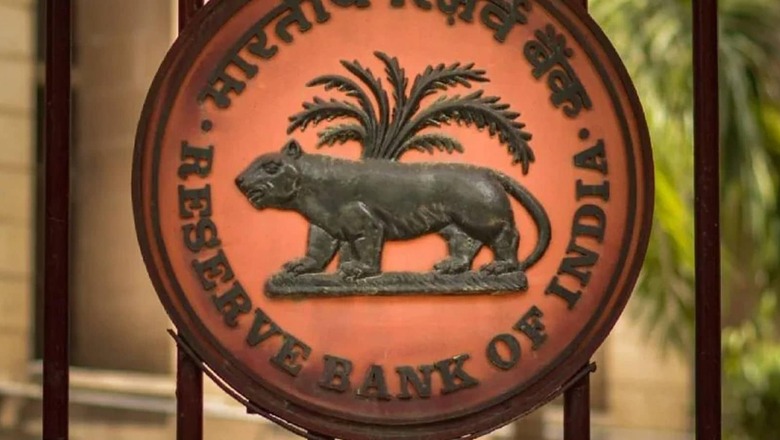
views
In the consecutive fifth hike this year, the RBI’s Monetary Policy Committee on Wednesday raised the repo rate by 35 basis points (bps) to 6.25 per cent with immediate effect, making loans expensive. The policy rate is now at the highest level since August 2018. The RBI has maintained policy stance at ‘withdrawal of accommodation’.
The RBI on Wednesday lowered FY23 GDP growth forecast to 6.8 per cent from 7 per cent earlier. The central bank has, however, retained its retail inflation projection for FY23 at 6.7 per cent.
Also, both standing deposit facility (SDF) and marginal standing facility (MSF) rates have also been increased by 35 basis points each to 6.00 per cent and 6.50 per cent, respectively. The SDF is the lower band of the interest rate corridor, while the MSF is the upper band.
The bank rate has also risen from 6.15 per cent to 6.5 per cent now.
The latest 35-bps rate hike is in line with the market expectations.
This is the fifth consecutive repo rate hike this year. With this latest hike, the RBI’s rate-setting panel has raised the key policy rate by 225 basis points this year in total, in order to control inflation. The repo rate is the interest rate at which the RBI lends to the commercial bank.
While presenting the latest bi-monthly monetary policy statement, RBI Governor Shaktikanta Das said, “The global economy is still marred by uncertainty… As per IMF, one-third of the economies will contract this year or the next year. However, the Indian economy remains resilient… bank credit is growing in double digits… yet inflation remains elevated as in other countries.”
However, this time, the magnitude of the hike is lower as compared with the 50 bps increase each in the previous three policy reviews and a 40-bps hike in the off-cycle monetary policy review in May this year. Hundred basis points is equal to one percentage point.
Das said that adjusted for inflation, the policy rate remains accommodative. Core inflation is indicating stickiness and medium-term inflation outlook exposed to global developments and weather.
The RBI has, however, revised upwards the retail inflation forecast marginally to 6.6 per cent and 5.9 per cent for Q3FY23 and Q4FY23, respectively. The RBI expects to bring CPI inflation down to 5 per cent and 5.4 per cent in Q1FY24 and Q2FY24, respectively.
Suvodeep Rakshit, senior economist at Kotak Institutional Equities, said, “The RBI, in line with expectations, hiked repo rate by 35 bps to 6.25 per cent. The stance also remains unchanged at withdrawal of accommodation though the voting against this stance has increased to two members. Overall, the concern on inflation continues especially as core inflation remains sticky and elevated. Growth concerns remain limited, for now. We believe the RBI is now close to the terminal rate with the real policy rate, based on few quarters ahead inflation, around 100 bps positive.”
He added that the February policy decision will be finely split between a pause and a last 25-bp hike with a bias towards a hike given that near-term inflation readings is likely to remain relatively elevated around 5.5 per cent.
Vivek iyer, partner and leader (financial services risk) at Grant Thornton Bharat, said, “The RBI, much in line with market expectations, has increased the interest rates by 35 basis points, keeping its stance on ‘withdrawal of accommodation’, given the continuing global uncertainty with continued impact on food security and energy security. Given the second-order effects of exchange rates on inflation, we expect continued intervention in the exchange rate market by RBI, to keep the exchange rates within a band.”
Read all the Latest Business News here




















Comments
0 comment